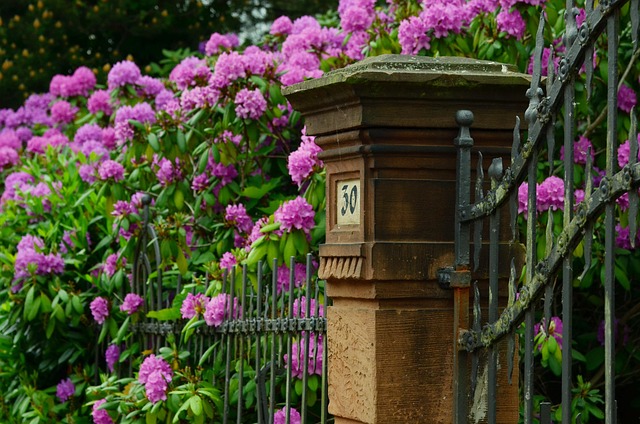Coastal areas face unique environmental challenges, from salty air and frequent moisture to extreme weather events. Traditional fencing often falls short in these conditions, leading to frequent replacements and maintenance costs. This article explores durable wooden fencing as a robust and aesthetically pleasing solution for coastal properties. We delve into the advantages of this material, guide you through choosing suitable wood species, and provide essential installation and maintenance tips to ensure longevity.
- Understanding Coastal Environmental Challenges
- Advantages of Durable Wooden Fencing
- Choosing the Right Wood Species for Coastlines
- Installation and Maintenance Tips for Longevity
Understanding Coastal Environmental Challenges
The unique environmental conditions of coastal areas present several challenges when it comes to choosing fencing materials. Saltwater, strong winds, and frequent storms can significantly impact structural integrity over time. Traditional fencing materials may not hold up against these harsh elements, leading to regular maintenance or premature replacement. Understanding these challenges is the first step in selecting a durable solution.
Wooden fencing, in particular, requires specific considerations for coastal installations. The salt content in seawater can cause wood to rot and deteriorate faster. Therefore, choosing a robust wood species like cedar or treated timber that is naturally resistant to decay or has been pressure-treated with preservatives is essential. Additionally, proper sealing and regular maintenance are crucial to ensure the fencing’s longevity in such environments.
Advantages of Durable Wooden Fencing
Durable wooden fencing offers several advantages for coastal areas. Firstly, wood is a natural, renewable resource that can be sustainably sourced and milled, making it an eco-friendly option. This is particularly important in coastal regions where environmental consciousness is paramount to preserving delicate ecosystems. Secondly, well-maintained wooden fences can withstand harsh weather conditions, including high winds and salt spray, which are common along coastlines. They provide both aesthetic appeal and practical protection for properties, creating a beautiful barrier that blends seamlessly with the surrounding natural landscapes.
Choosing the Right Wood Species for Coastlines
When considering durable wooden fencing for coastal areas, selecting the right wood species is paramount. Softwoods like cedar and redwood are popular choices due to their natural resistance to decay and insects. These woods have a high oil content that repels water, making them ideal for harsh marine environments. However, it’s essential to opt for treated or tropical hardwoods like ipe or teak for even greater longevity, as they offer superior durability against mold, mildew, and salt spray.
Each wood species has unique characteristics. For instance, cedar’s natural oils not only protect it from the elements but also make it resistant to rot and pest infestation. Teak, on the other hand, is renowned for its exceptional strength and density, making it highly durable even in salt water. Understanding these traits will help ensure your coastal fencing stands the test of time, maintaining both aesthetic appeal and structural integrity.
Installation and Maintenance Tips for Longevity
Proper installation is key to ensuring your wooden fence stands the test of time, especially in coastal environments where it faces constant exposure to salt air and moisture. Start by preparing a solid foundation using concrete or compacted gravel, which provides stability against strong winds and waves. Ensure the posts are securely anchored to prevent rot and movement over time. Use high-quality hardware like galvanised nails and screws to join the wooden components, enhancing overall strength.
Regular maintenance is another vital aspect. Apply a protective coating or sealant every one to two years to shield the wood from water damage. Keep an eye out for any signs of deterioration, rot, or insect infestation, addressing them promptly. Regular cleaning with a soft brush and mild detergent removes salt buildup, while power washing can be used sparingly to avoid damaging the finish. These simple steps will contribute significantly to the longevity and aesthetic appeal of your durable wooden fence in coastal areas.
